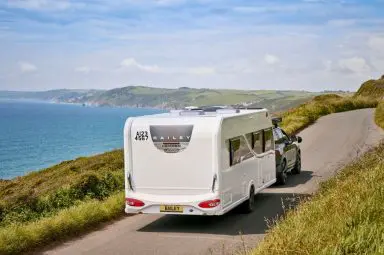Truma vs Alde

We were lucky to have double-glazed windows and a gas fire in our caravan, but nothing warmed the heart more than the nostalgic gas mantle light at the front of the caravan, with its gentle crackle and warm glow.
Thankfully, modern Bailey caravans, motorhomes, and campervans take a far more sophisticated approach to keeping things warm. Today, Bailey vehicles come equipped with advanced, efficient heating systems designed for year-round comfort.
There are two main types of heating systems used across the Bailey range:
- Truma blown-air systems, which distribute warm air rapidly through ducts; and
- Alde wet central heating systems, which circulate heated liquid for consistent warmth.
Both are designed to heat the living space (also known as the habitation area) and supply hot water, but they achieve this in very different ways.
This guide explores:
- How Truma and Alde heating systems work
- Their advantages and disadvantages
- Which Bailey caravan, motorhome, and campervan models use each system
By the end, you’ll have a clear understanding of both systems and be able to decide which is the best fit for your next adventure.

Truma Blown-Air System
In the blue corner, we have the Truma blown-air system, a reliable and lightweight way to quickly heat Bailey leisure vehicles.
This system circulates hot air around the Bailey campervan, caravan or motorhome by heating air with a fuel source – either gas, electricity, or diesel, as seen in the Bailey Endeavour and Alora models.
Once heated, the air is pushed through a combustion chamber and distributed evenly around the vehicle via ducting positioned throughout it.
You can spot this type of installation by the small outlets positioned low in the cabinets.
The major advantage of this system is how quickly it heats the vehicle. Usually, within 10 minutes, hot air circulates the living area.
The Truma Combi system reacts rapidly to temperature changes, cooling down just as fast when needed.
This flexibility allows the system to focus on heating, hot water, or even work as a vent to circulate a gentle breeze on warmer days.
Unlike wet central heating, this system has no liquid to heat or circulate, making the installation much lighter – a feature that ultimately reduces vehicle weight. Maintenance is minimal; an annual service checks the gas burner, flue, and heat output.
| Benefit | Description |
|---|---|
| Fast to create heat | The Truma system heats the living area in as little as 10 minutes, quickly raising the internal temperature. |
| Lightweight | It contains no liquid or radiators, which keeps installation weight low and helps to improve overall fuel efficiency. |
| Low maintenance | All it needs is simple annual service checks (gas burner, flue, and heat output) to ensure reliable long-term performance. |
| Multi-use | Can focus on heating, hot water, or act as a ventilation system to circulate cool air in summer. |
| Modern controls | The Truma iNetX system offers digital control via a mobile app, as well as scheduling and climate control integration. |
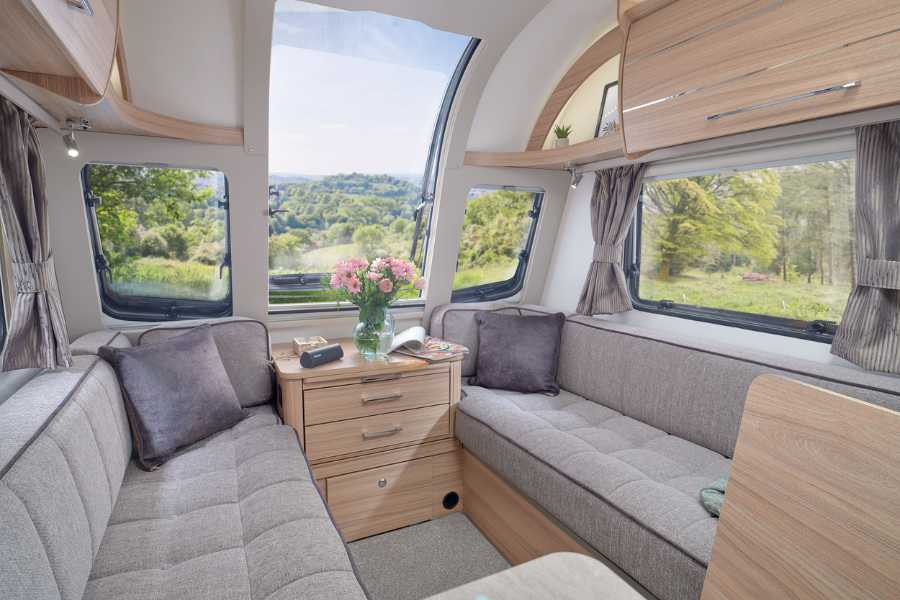
Unlike wet central heating, this system has no liquid to heat or circulate, making the installation much lighter – a feature that ultimately reduces vehicle weight. Maintenance is minimal; an annual service checks the gas burner, flue, and heat output.
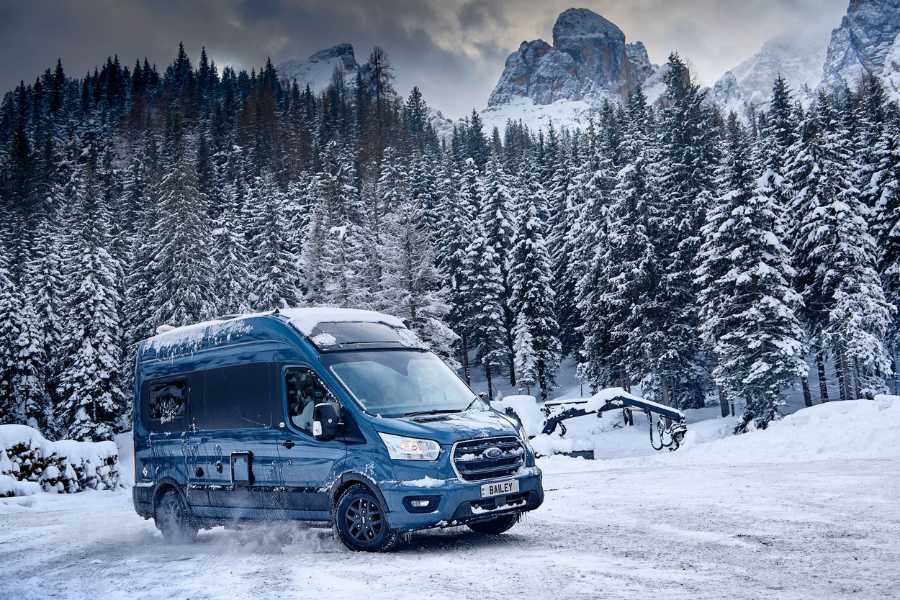
While the Truma system offers speed and convenience, there are a few points worth noting:
- Noise: If the fan speed is high, it can produce noticeable noise throughout the vehicle. In very cold weather, this can be particularly apparent during the night.
- Heat Distribution: The layout of the vehicle may affect the evenness of heat distribution. The further an outlet is from the main system, the cooler the air may feel – though this temperature difference is typically just a few degrees.
The control panel for the blown-air system is intuitive. You can adjust:
- Heating and hot water temperature
- Fuel type (gas, electric, or mixed)
- Fan speed and ventilation settings
- Timers for automatic start-up
If paired with a Truma air conditioning unit, the system’s climate control mode can even automatically adjust the temperature.
The new iNetX system enhances user experience with mobile device connectivity and a more user-friendly interface.
Caravans:
Motorhomes:
Campervans:

Alde Wet Heating System
In the red corner, we have the Alde wet heating system, which operates similarly to central heating in a home. A furnace heats the liquid, which is then pumped around radiators placed strategically throughout the vehicle. These radiators, located behind seating, along floor walkways, and around beds, ensure consistent warmth throughout.
The Alde system operates similarly to central heating in a home. A compact boiler (furnace) heats the glycol-based liquid, which is then pumped around radiators placed strategically throughout the vehicle.
These radiators are discreetly located behind seating, along floor walkways, and around beds, ensuring consistent warmth throughout.
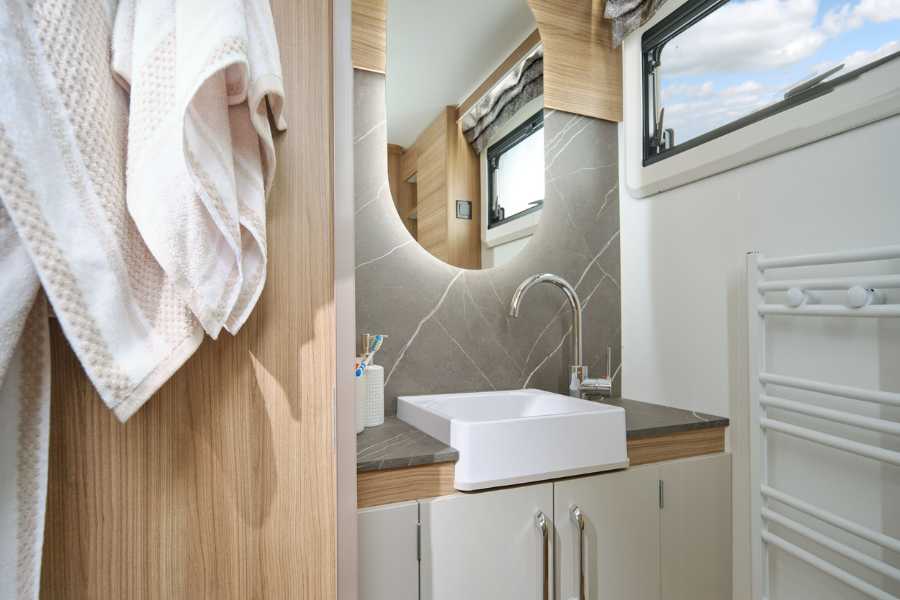
The constant flow of heated liquid ensures a uniform temperature across the vehicle, regardless of layout. Moreover, as it uses glycol to transfer heat, the system is quieter than its blown-air counterpart.
However, instant heat is not an option. The system typically requires 30 to 45 minutes to reach its optimal temperature, and cooling down also takes time.
| Benefit | Description |
|---|---|
| Consistent, Even Heat | Circulating liquid maintains a uniform temperature across the entire vehicle, regardless of layout. |
| Silent Operation | The system is almost noiseless, with no fans or blowers, making it ideal for light sleepers. |
| Comfortable Warmth | Radiators provide radiant heat similar to a home’s central heating, keeping surfaces and air temperature balanced. |
| Four-Season Capability | Perfect for all-weather touring thanks to reliable heat distribution and integrated hot water production. |
| Premium Feel | Often chosen for its luxury comfort and serene ambience, particularly in Bailey’s high-end models. |
While the Alde system provides excellent comfort, there are a few points to consider:
- It’s a bit slower to heat up: It typically takes 30–45 minutes to reach optimal temperature, so it’s less instant than blown-air systems
- It adds weight: The Alde system is heavier than the Truma system, not only because of the furnace but also due to the glycol
- Maintenance is required: Regular maintenance is required, including replacing the glycol every two years for new vehicles and every five years thereafter. This ensures the system maintains its anti-corrosion properties. Additionally, topping up the solution may be necessary during use
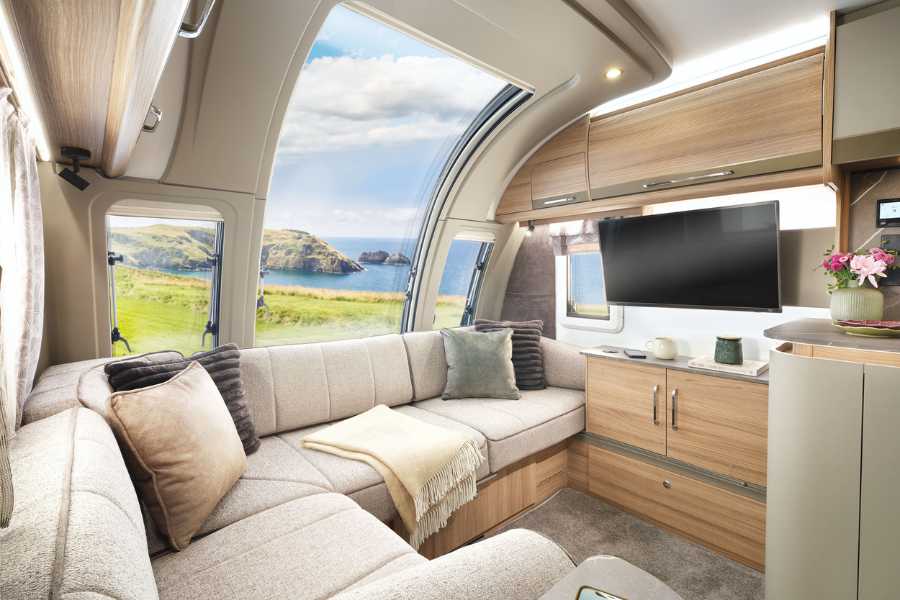
The Alde control panel allows straightforward adjustments for temperature, heating, and hot water settings. You can select fuel type and schedule timers for optimal comfort.
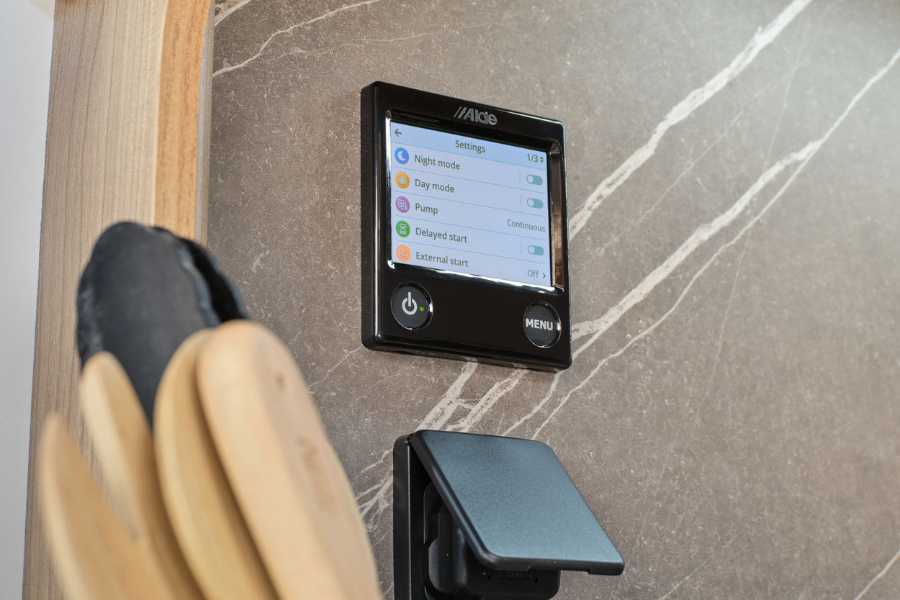
As a premium product, the Alde system is featured in these Bailey vehicles:
Caravans:
- Bailey Unicorn Deluxe
- Bailey Alicanto Grande Deluxe
Motorhomes:
- Bailey Autograph
So, which caravan heating system is best? In truth, both are excellent options for modern leisure vehicles.
Each has its pros and potential drawbacks cons but ultimately provides warmth, hot water, and a cosy environment for cold days.
We’ve experienced both systems in our caravans, and honestly, neither is “better”. They’re simply different.
Want to see these heating systems in action?
Explore our full range of Bailey caravans, motorhomes and campervans, and find the model that fits your style of touring.
Or, if you’d like more insights like this, head to the Bailey blog for expert advice, real owner stories, and travel inspiration.
Latest news & events
See all news & eventsCaravan Tech Annual Open Weekend
Caravan Tech, Merriments, Hawkhurst Road, Hurst Green, East Sussex

